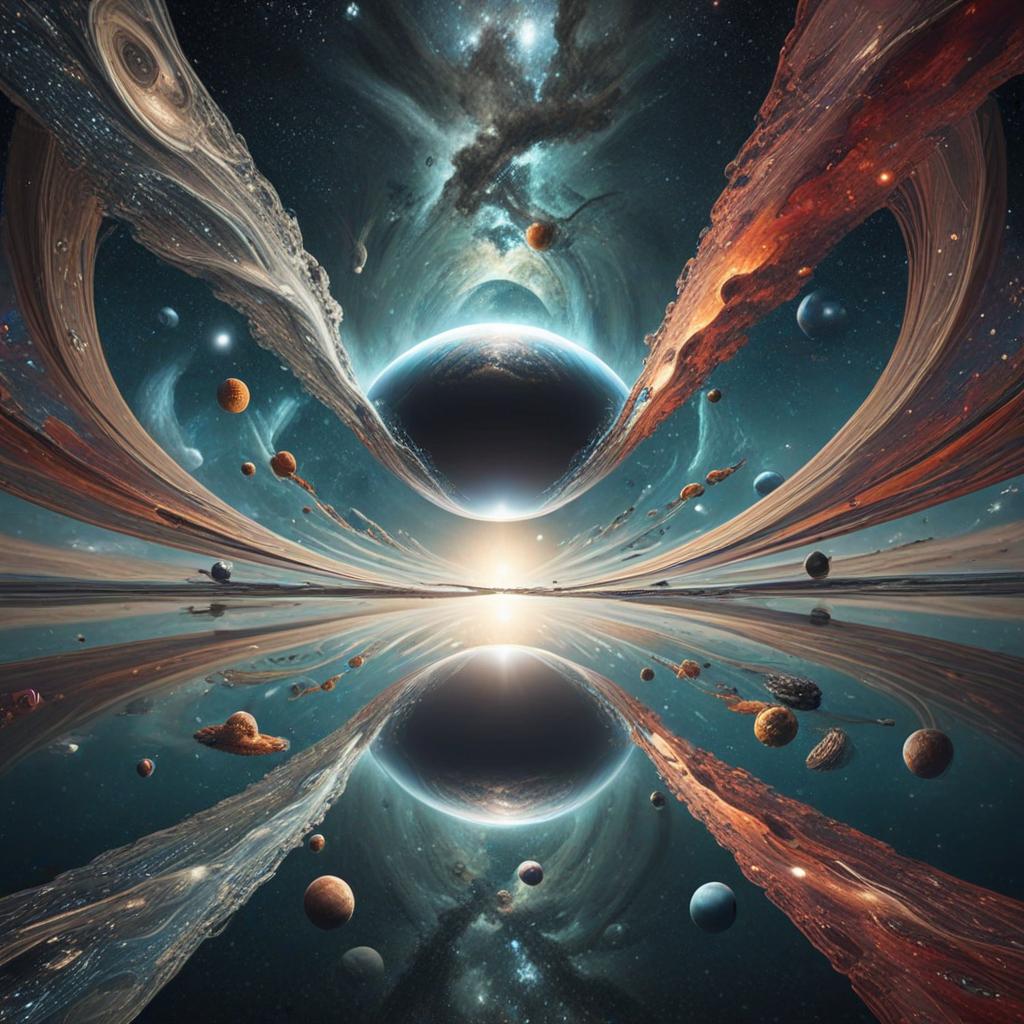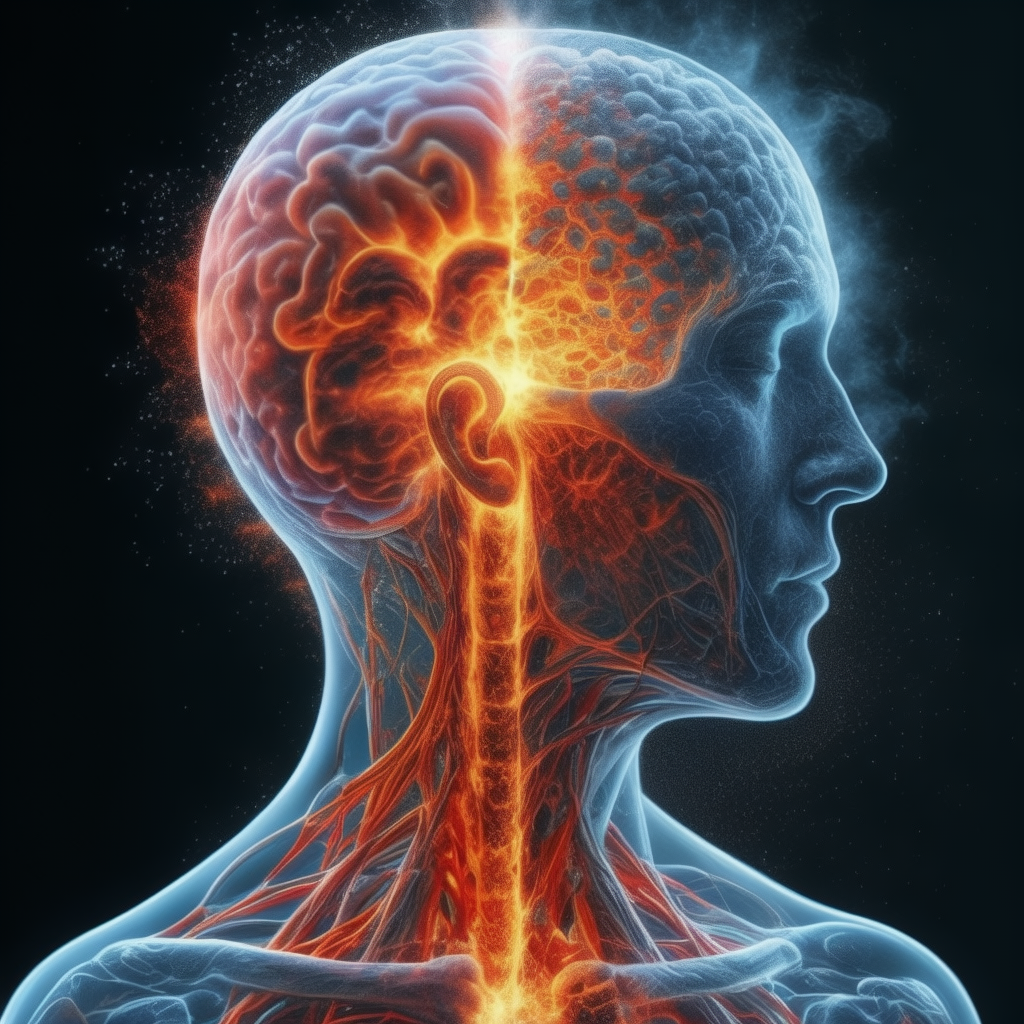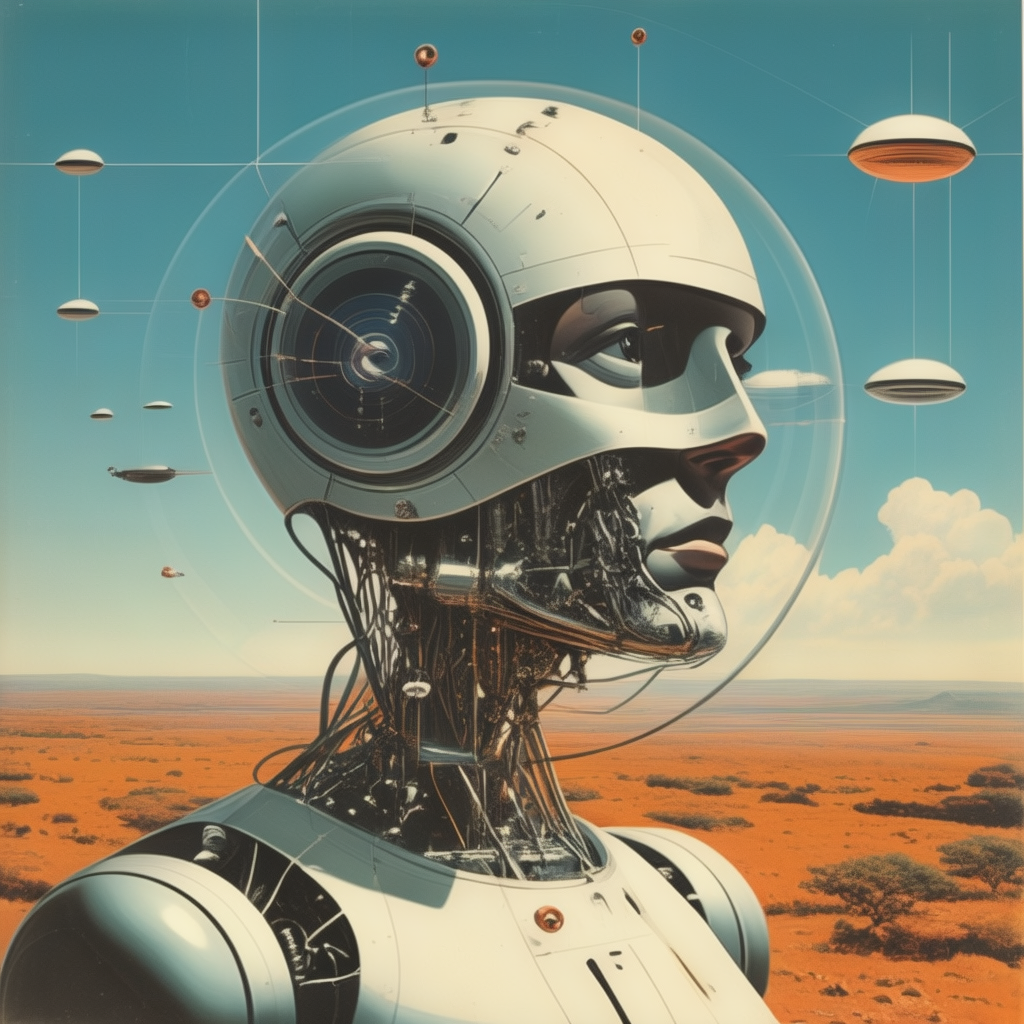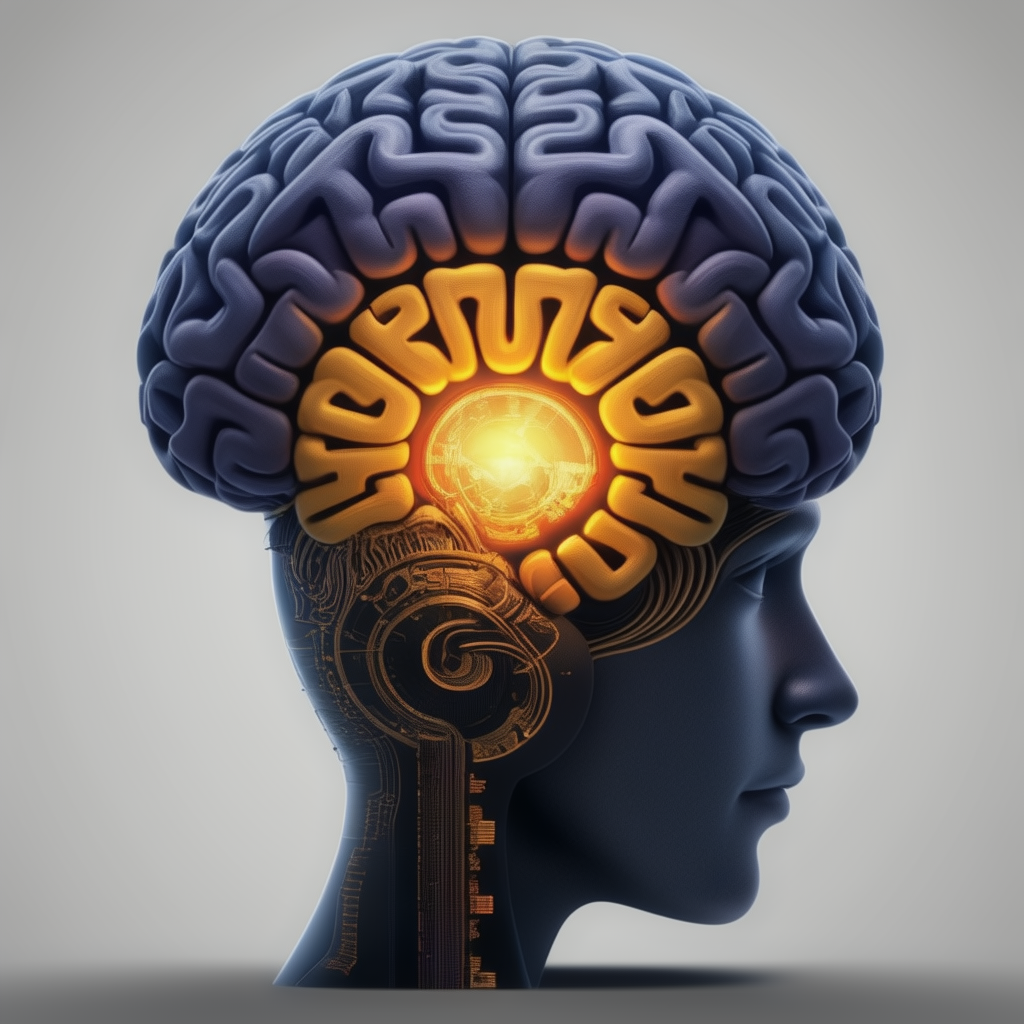Exploring the Concept of Parallel Universes
What is a Parallel Universe?
Parallel Universes, often referred to as an alternate universe, is a hypothetical self-contained separate reality coexisting with one’s own. The idea suggests that there could be an infinite number of universes, each differing in various ways. This concept is a cornerstone in science fiction and theoretical physics, proposing that for every decision made, an alternate universe branches off with a different outcome.
The Origin of the Concept
The concept of parallel universes dates back to ancient philosophy but gained scientific traction in the 20th century. One of the earliest mentions is in the “Many-Worlds Interpretation” (MWI) of quantum mechanics, proposed by physicist Hugh Everett III in 1957. Everett’s theory suggested that all possible outcomes of quantum measurements are realized in some “world” or universe, thus creating a vast multiverse of different realities.
The Science Behind Parallel Universes
The scientific basis for parallel universes primarily comes from quantum mechanics and cosmology. Quantum mechanics, the science of the very small, introduces the idea that particles can exist in multiple states at once until they are observed. This phenomenon is known as superposition.
The Many-Worlds Interpretation takes this a step further by positing that every possible quantum event spawns a new universe. Thus, an infinite number of universes could exist where all possible outcomes of every event actually occur. This idea challenges the classical notion of a single, linear reality.
Principles of Parallel Universes
- Many-Worlds Interpretation (MWI): As mentioned,
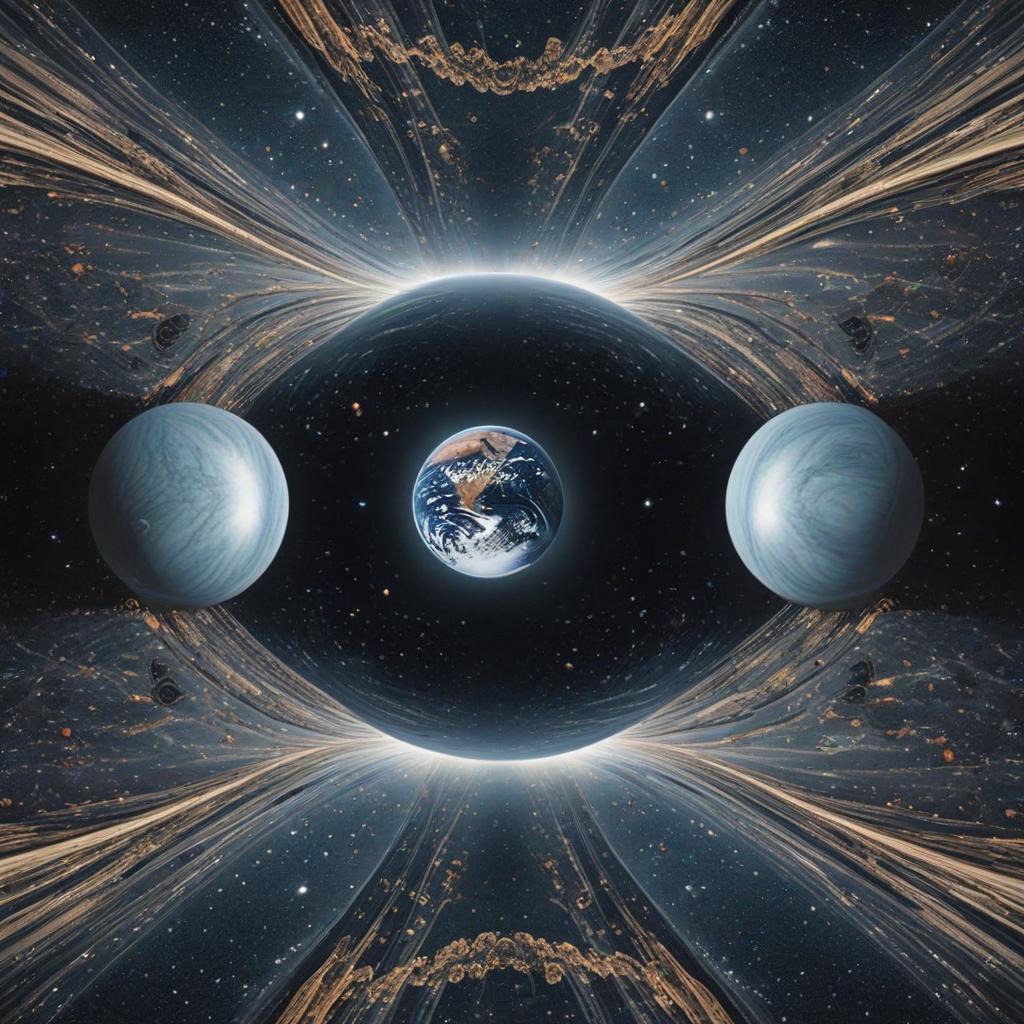 suggests that all possible outcomes of a quantum event occur in separate, branching universes.
suggests that all possible outcomes of a quantum event occur in separate, branching universes. - Cosmic Inflation: The theory of cosmic inflation proposes that the universe expanded exponentially fast during the first fraction of a second after the Big Bang. This rapid expansion could mean that different regions of space became causally disconnected, creating “bubble universes” that could have different physical constants and laws.
- String Theory: Some interpretations of string theory, which posits that fundamental particles are one-dimensional “strings,” imply the existence of multiple dimensions beyond our observable three dimensions plus time. These extra dimensions could host parallel universes with different physical properties.
Is it a True Concept?
The idea of parallel universes remains speculative and largely unproven. While it offers intriguing solutions to certain paradoxes in quantum mechanics, there is no direct empirical evidence for their existence. The concept is mathematically plausible and consistent with some interpretations of physical theories, but it remains a hypothesis rather than a confirmed reality.
Correlation Between Quantum Physics and Parallel Universes
Quantum mechanics is deeply intertwined with the concept of parallel universes. The idea that particles exist in multiple states until observed (superposition) directly leads to the hypothesis that all possible states are realized in different universes. This interpretation helps address certain paradoxes in quantum mechanics, like Schrödinger’s cat, where a cat in a box can be both dead and alive until observed. In the Many-Worlds Interpretation, the cat is dead in one universe and alive in another.
Future of Parallel Universe Research
The future of research into parallel universes is closely linked with advancements in quantum mechanics, cosmology, and high-energy physics. As our understanding of the universe expands through projects like the Large Hadron Collider (LHC) and advanced space telescopes, we may find indirect evidence supporting the multiverse theory.
Additionally, breakthroughs in quantum computing and experiments designed to test the foundations of quantum mechanics could provide further insights. However, the challenge remains significant: proving the existence of other universes from within our own universe is inherently difficult.
Scientific and Research Perspectives
While the scientific community remains divided on the existence of parallel universes, the concept continues to inspire research and debate. Some physicists argue that the multiverse theory provides a natural explanation for the fine-tuning of the physical constants in our universe, while others see it as an unfalsifiable and therefore unscientific proposition.
Prominent physicists like Stephen Hawking and Max Tegmark have contributed to the discussion, with Tegmark categorizing the multiverse into four levels, each representing different kinds of parallel universes. Research continues to explore these ideas, pushing the boundaries of our understanding of reality.
Parallel universes represent one of the most fascinating and mind-bending concepts in modern science. While firmly rooted in theoretical physics, the idea challenges our perceptions of reality and offers profound implications for the nature of existence. As scientific research advances, we may one day find evidence that our universe is just one of many in a vast multiverse, each with its own unique characteristics and possibilities.
Unraveling the Mysteries of Parallel Universes
Historical Context and Philosophical Roots
The notion of parallel universes has deep philosophical roots dating back to ancient times. Early thinkers like Democritus and the atomists speculated about the existence of multiple worlds. In more recent history, the concept gained prominence in the realm of metaphysics, with philosophers like David Lewis proposing the idea of “modal realism” in the 1970s. According to modal realism, all possible worlds are as real as the actual world we live in, providing a philosophical foundation for the parallel universe hypothesis.
Scientific Propositions and Theoretical Models
The advancement of theoretical physics has provided more structured frameworks for understanding parallel universes. One prominent model is the Brane Theory within string theory, which suggests that our universe might be one of many “branes” floating in a higher-dimensional space. These branes can collide, potentially causing big bangs and creating new universes.
Quantum Entanglement and Non-Locality
Quantum entanglement, a phenomenon where particles become interconnected and instantly affect each other regardless of distance, adds another layer of intrigue. Some interpretations suggest that entanglement might hint at the existence of parallel worlds that communicate with each other. This perspective aligns with the broader multiverse theory, implying that interactions between parallel universes could be a fundamental aspect of quantum mechanics.
Observational Challenges and Technological Frontiers
Detecting parallel universes poses significant observational challenges. However, advancements in technology might one day provide indirect evidence. For instance, the study of cosmic microwave background (CMB) radiation could reveal anomalies hinting at interactions with other universes. Gravitational waves, ripples in spacetime caused by massive cosmic events, might also offer clues if they exhibit patterns inconsistent with our current understanding of the universe.
Implications for Cosmology and the Nature of Reality
The existence of parallel universes would profoundly impact our understanding of cosmology and the nature of reality. It challenges the notion of a singular, linear progression of events, suggesting instead a vast, branching multiverse where every possible outcome is realized. This has implications for theories of time, causality, and the fundamental structure of space-time.
Ethical and Philosophical Considerations
Beyond the scientific implications, the concept of parallel universes raises ethical and philosophical questions. If every possible decision spawns a new universe, what does this mean for free will and moral responsibility? These considerations add a rich layer of complexity to the scientific discourse, intersecting with fields such as philosophy, theology, and ethics.
Cross-Disciplinary Research and Collaborative Efforts
The exploration of parallel universes is inherently interdisciplinary, requiring collaboration between physicists, cosmologists, philosophers, and computer scientists. Large-scale research initiatives like the European Organization for Nuclear Research (CERN) and the Laser Interferometer Gravitational-Wave Observatory (LIGO) are crucial in pushing the boundaries of our understanding. These collaborations facilitate the development of sophisticated models and experiments to test the multiverse hypothesis.
Future Prospects and Emerging Theories
As we look to the future, emerging theories in quantum gravity and advanced computational models promise to deepen our understanding. Researchers are developing innovative approaches to simulate and analyze the behavior of particles in potential multiverse scenarios. These efforts might one day lead to breakthroughs that bring us closer to confirming or refuting the existence of parallel universes.
The exploration of parallel universes remains one of the most exciting and enigmatic frontiers in modern science. While rooted in theoretical physics, it opens up profound questions about the nature of reality, the limits of human knowledge, and the infinite possibilities that might lie beyond our observable universe. As research continues to evolve, the mysteries of the multiverse might one day become a fundamental part of our understanding of the cosmos.
References
- David Lewis’s Modal Realism
- Brane Theory and String Theory
- Quantum Entanglement and Non-Locality
- Cosmic Microwave Background (CMB) Studies
- Gravitational Wave Research by LIGO
- Collaborative Efforts by CERN
Exploring the Depths of Parallel Universes
Theoretical Predictions and Hypotheses
One significant theoretical prediction related to parallel universes is inflationary cosmology. This model posits that during the early moments after the Big Bang, the universe underwent rapid exponential expansion. Different regions of space could inflate at different rates, leading to the creation of distinct, non-communicating universes within a larger multiverse framework.
Emergent Theories in Physics
Loop Quantum Gravity is an emerging area of research that attempts to reconcile general relativity and quantum mechanics without relying on string theory. This theory suggests a discrete structure of spacetime, which could imply the existence of parallel universes. These universes might be connected through quantum entanglement at a fundamental level, offering a new perspective on the multiverse concept.
Implications for Information Theory
The idea of parallel universes intersects intriguingly with information theory. If multiple universes exist, they might store vast amounts of information. This leads to questions about information redundancy and the potential for information to be transferred or shared across different universes. The holographic principle suggests that all the information within a volume of space can be represented on the boundary of that space, a concept that has fascinating implications for the multiverse theory.
Mathematical Frameworks and Models
Mathematical physics has developed sophisticated models to explore the implications of parallel universes. The Eternal Inflation Model, for instance, uses advanced mathematics to describe how different regions of space might continuously produce new universes. These models are crucial for understanding the underlying mechanics and potential interactions between parallel universes.
Philosophical and Ethical Dimensions
The existence of parallel universes raises profound philosophical and ethical questions. For instance, the idea that every possible decision spawns a new universe challenges our understanding of personal responsibility and morality. Philosophers and ethicists are increasingly engaging with these concepts to explore the implications for free will, moral culpability, and the nature of consciousness.
Influence on Popular Culture and Literature
The concept of parallel universes has also permeated popular culture and literature, inspiring countless books, movies, and television series. Works like Philip K. Dick’s “The Man in the High Castle” and the Marvel Cinematic Universe’s multiverse storyline have captivated audiences, reflecting and shaping public interest in the idea of multiple, coexisting realities.
Technological Innovations and Experimental Approaches
Advancements in quantum computing and artificial intelligence offer new methods for simulating and understanding parallel universes. Quantum computers, with their ability to process vast amounts of data simultaneously, might one day help us model the complex interactions between different universes. These technologies are paving the way for experimental approaches that could provide empirical evidence for the multiverse hypothesis.
Potential for Discovering New Physics
The study of parallel universes holds the potential for discovering new physics. If we can find indirect evidence of other universes, it might reveal unknown particles, forces, or dimensions, fundamentally altering our understanding of the physical world. This quest for new physics drives much of the research in this area, promising revolutionary breakthroughs in our comprehension of the cosmos.
Conclusion
The exploration of parallel universes remains a dynamic and multi-faceted field, encompassing diverse scientific theories, philosophical inquiries, and technological advancements. As we continue to investigate this intriguing concept, the potential for groundbreaking discoveries and profound implications for our understanding of reality remains vast and exciting. The journey into the unknown realms of parallel universes is just beginning, with each new insight bringing us closer to unraveling the deepest mysteries of the cosmos.
References:
- Hugh Everett III’s Many-Worlds Interpretation
- Concepts from Quantum Mechanics and Superposition
- Theories of Cosmic Inflation
- Insights from String Theory
- Research by Stephen Hawking and Max Tegmark

